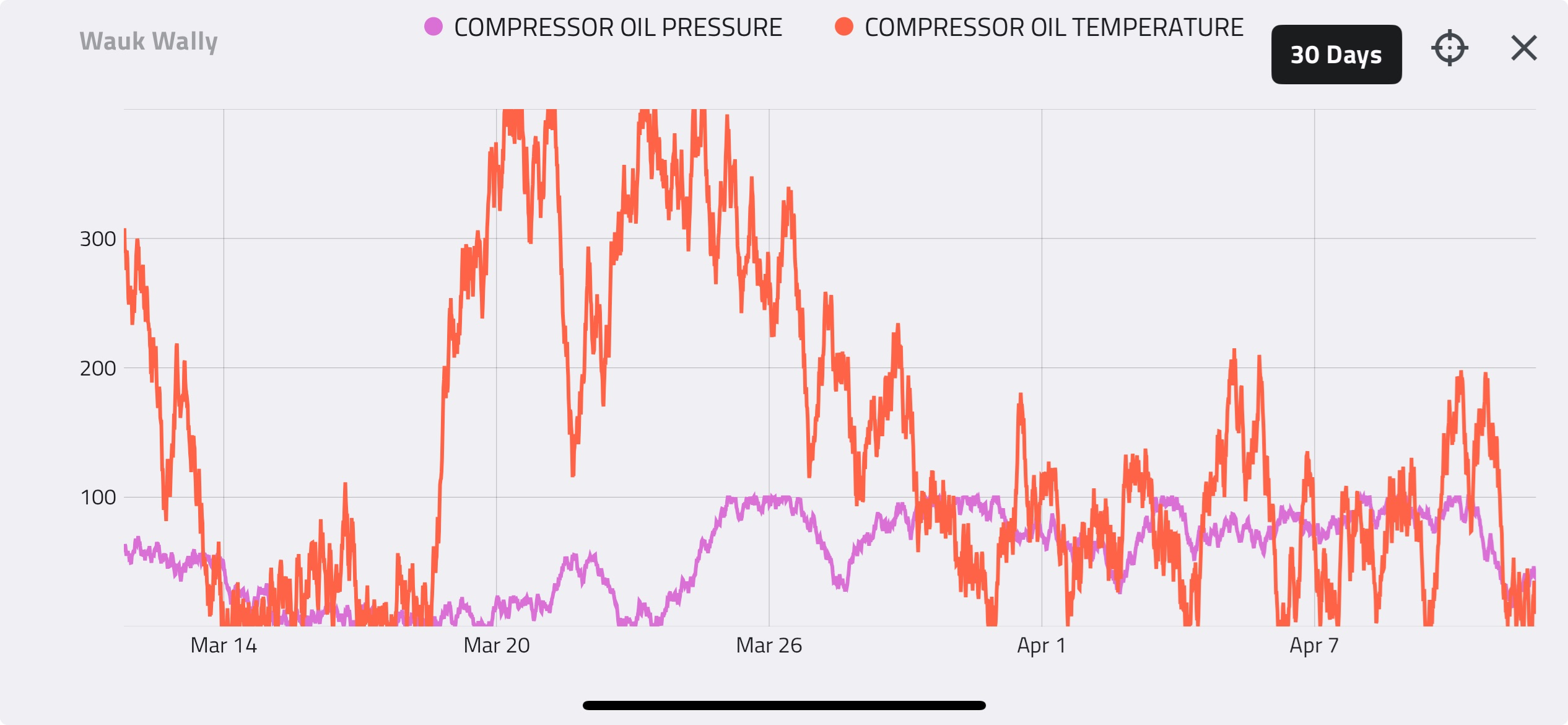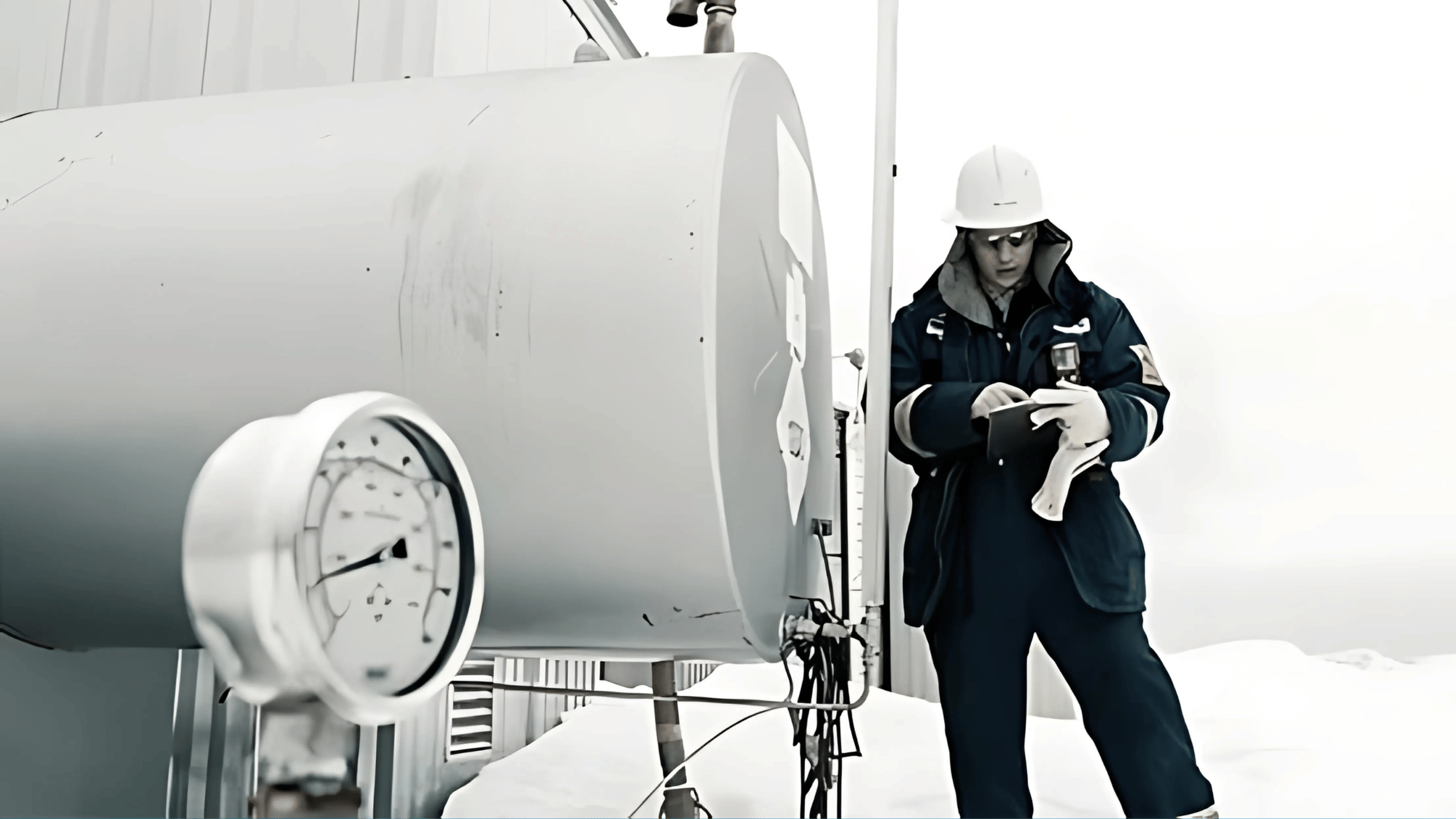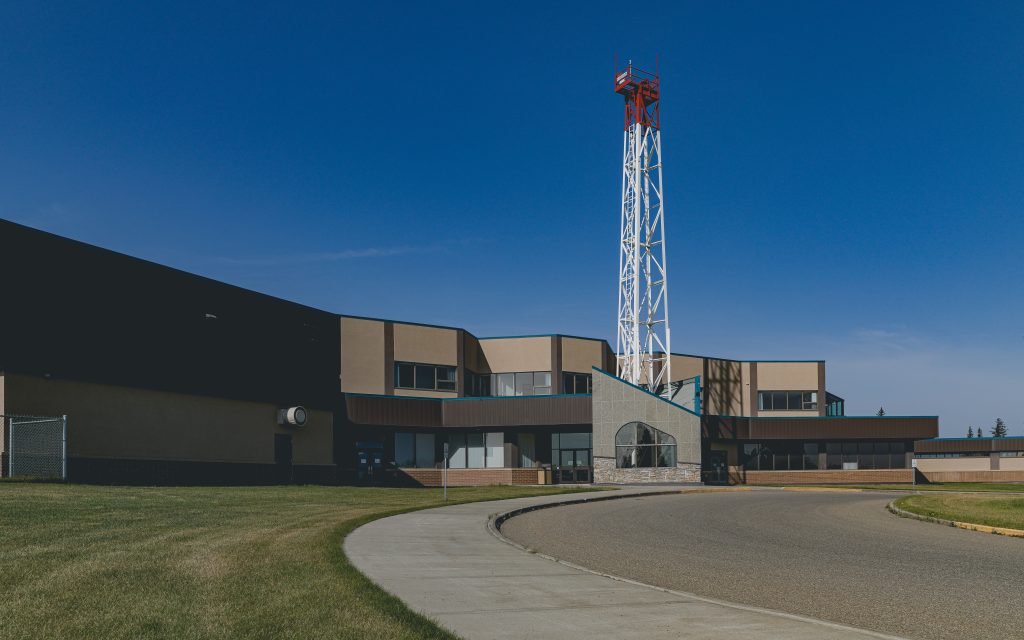Houston, TX |
The Enalysis software provides YELLOW (Warning) and RED (Severe) flags to identify compressor limits and allow for action to be taken to prevent possible damage to the compressor package. Reciprocating compressor packages are restricted to operating under conditions that ensure the mechanical ratings of the compressor are not exceeded. Exceeding one or more limits of the compressor can result in catastrophic failures requiring expensive repairs and resulting in costly downtime. Yellow warning flags indicate that a limit is being approached and red severe flags indicate that a limit has been reached.
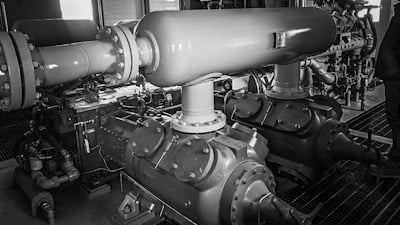
Reciprocating Compressor Limits (Review)
The primary limitations encountered with reciprocating compressors are:
-
Power and Speed Limitations
The compressor frame and the coupled power source (natural gas driver, electric motor, turbine, etc.) both have maximum power and speed limitations set by the manufacturer. The driver power capacity is often the limiting factor with the compressor frame commonly having a power rating greater than the accompanying driver. For compressor packages where the driver and the compressor have different rated running speeds, the package must never be operated above the lowest rated speed. It is also important to take note of any minimum power or speed restrictions provided by the manufacturer.
-
Maximum Allowable Discharge Temperatures
During the compression process the temperature of the gas will increase. Although many factors contribute to the resulting final discharge temperature, the three most influential are the inlet suction temperature, compression ratio, and gas composition. The discharge temperature of each stage must never exceed the material temperature limits of any discharge component, including, but not limited to, the cylinder, piston, piston rings, rider bands, discharge valve plates, discharge pulsation bottles, discharge piping, and air-cooled heat exchange tubing.
-
Maximum Allowable Working Pressure
Components in a compressor package designed to contain gas are rated to a maximum allowable working pressure, MAWP. The MAWP is based on the design and material limits of the component and are specified at a maximum temperature limit. Pressures in any stage of compression must not exceed the lowest MAWP of any component used in that stage. Components with the lowest MAWP are often, but not always, the compressor cylinder, discharge pulsation bottle or the air-cooled heat exchanger.
-
Maximum Allowable Rod Loads
Pressures acting on the surface area of the head-end and the crank-end of a compressor piston result in a load applied to the piston. The maximum allowable compression and tension rod loads are a function of the rod diameter, compressor stroke and rod material and are called Static or Gas Rod Loads. High pressures and compression ratios will result in elevated rod loads. To ensure reliable compressor operation, it is imperative to operate below the maximum allowable compression, tension and total combined rod load limits defined by the manufacturer. When compressors with large pistons are operated at high speeds and/or low compression ratios, it may be necessary to calculate the Dynamic or Net Rod Loads, which include the gas rod loads and the inertial rod load resulting from the reciprocating masses. Compression and tension net rod load limits are provided by the manufacturer.
-
Low Degrees of Rod Reversal
Each time the net force on the piston rod switches from compression to tension or from tension to compression, this is referred to as a cross-head pin reversal or, more simply, a reversal. It is essential that two reversals occur every full rotation of the compressor crank shaft in order to achieve proper lubrication of the cross-head pin. Although rod reversals will usually remain acceptable under normal double-acting (compressing on both the head-end and crank-end of the cylinder) operation, severely damaged discharge valves and other operating conditions can result in a decrease or loss of reversals.
-
Low Volumetric Efficiencies
The volumetric efficiency of a cylinder a measure of the proportion of the stroke that is being used to draw new gas into the cylinder and has a direct influence on the opening and closing of the compressor valves. The volumetric efficiency of a cylinder is influenced by the mechanical clearance of a cylinder (any volume not swept by the piston), compression ratio and gas composition. In all cases where clearance volume is added to a compressor cylinder end, the volumetric efficiency shall not be reduced to less than 15% to maximize valve life.
-
Compression Health – Blowby
Blowby is an indication of the health and efficiency of the valves and piston rings inside each cylinder. Although blowby is not actually a limit of a compressor, the presence of blowby will often result in the compressor reaching a limit prematurely as a result of elevated suction pressures and/or discharge temperatures on the affected stage. In addition, blowby can signify damaged discharge valves, which can lead to loss of crosshead pin reversals and additional damage to the compressor.
Enalysis Flagged Parameters
The following reciprocating compressor input and calculated process variables are equipped with flags in Enalysis:
-
Discharge-gas pressure (each stage)
-
High discharge-gas temperature (each cylinder)
-
Cylinder Blowby (each cylinder)
-
Volumetric efficiency (each cylinder)
-
Rod Load (all, each cylinder)
-
Degreed of Reversal (each cylinder)
-
Net Ratios (each cylinder)
-
Hydrate Temperature delta (each stage)
-
Compressor Load and RPM
-
Engine Load and RPM
-
Recycle (Bypass) Valve
-
Suction Control Valve
The default warning and severe alerts used in Enalysis are shown in the table below.
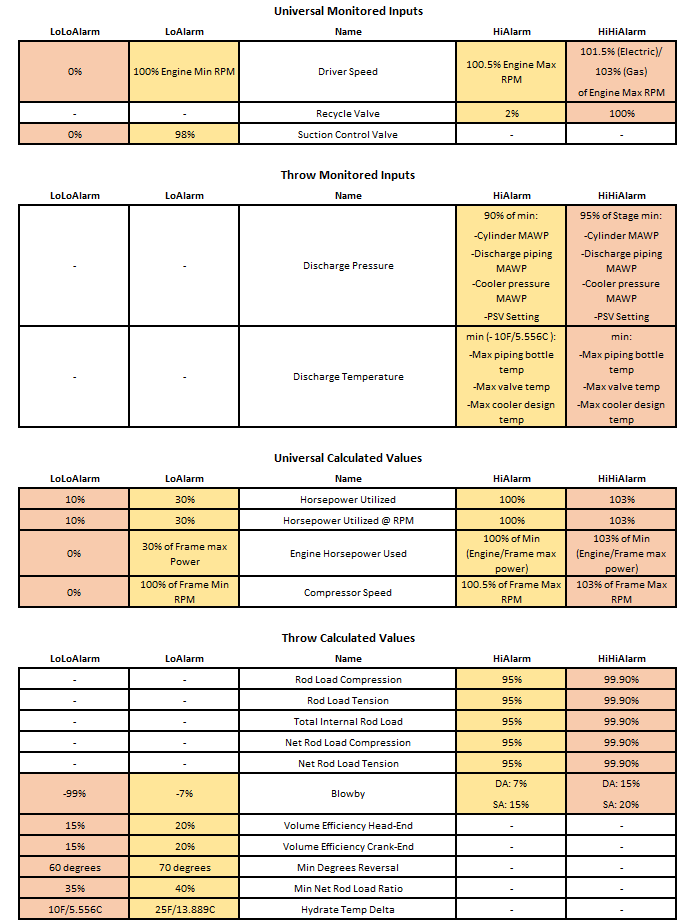
ENALYSIS WARNING AND SEVERE ALERT SETTINGS – Reciprocating Compressors
An appropriately configured safety shutdown system should prevent many flags, or at least most red flags, from appearing on an Enalysis report. Therefore, all flags on an Enalysis report should be understood and investigated. If required, corrective action should be taken to prevent any damage to the compressor package.
In the next , we begin a series on the basics of natural gas compression. To read Enalysis Tip 1.16: Natural Gas Compression Basics - An Introduction click here now.
For more E-Tips, please visit the Detechtion Technologies Learning Center.

